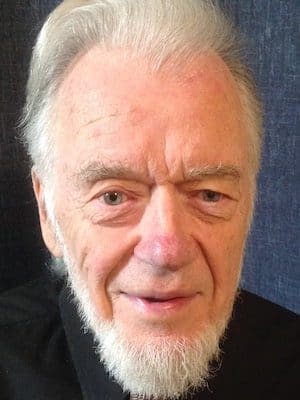Two hundred years ago this month, the first foreign missionaries from the United States arrived in India.
The famous “haystack prayer meeting” in 1806 led to the forming of the American Board of Commissioners for Foreign Missions (ABCFM) four years later.
In 1812, three couples and two single men set sail for India. One of the couples was Adoniram and Ann Hasseltine Judson.
The ABCFM was a Congregationalist organization, and Adoniram was also commissioned by the Congregational churches.
Back then only men were appointed and commissioned as missionaries, and the wives went with their husbands to be homemakers.
Some, such as William Carey’s wife, were not at all happy with becoming a missionary’s wife and having to go to a “foreign” land. But Ann Judson became a very effective missionary in her own right.
The Judsons were married on Feb. 5, 1812, and exactly two weeks later they boarded the ship for India. They arrived in Calcutta (now Kolkata) on June 17, 1812.
Since they were Congregationalists and knowing they would encounter William Carey and other Baptist missionaries from England, the Judsons did a focused study on the theology of baptism while aboard ship in route to India.
Baptists have long rejoiced that the Judsons came to the position that believer’s baptism was theologically valid and should be done as a matter of obedience to the command of Jesus.
Consequentially, they were baptized by immersion less than three months after their arrival in India.
Luther Rice, another ABCFM missionary who arrived in India in August 1812, also became a Baptist soon after arriving there.
Rice, who was single, returned to America to break ties with the Congregationalists and to raise support for the Judsons from the Baptists.
As a result of Rice’s efforts, “The General Missionary Convention of the Baptist Denomination in the United States of America for Foreign Missions” (later often called “the Triennial Convention”) was organized in May 1814.
It is amazing that Rice was so successful, for all this activity raising support from Baptists was during the War of 1812.
The organizational meeting was held at the First Baptist Church in Philadelphia. Just three months later, the British invaded Washington, D.C., and burned most of the federal buildings. And just four months later a decisive battle was fought in the harbor near Baltimore, Md., only a hundred miles from Philadelphia.
The Judsons went on to Burma (now officially Myanmar) in 1813 and began a long and effective ministry there.
Today, only about 5 percent of the people of Myanmar are Christians, and they are mostly among the Chin, Kachin and the Karen ethnic groups.
But about one-third of Myanmar’s Christians are Baptists; they are the greatest legacy of the Judsons.
The Chin, Kachin and Karen peoples are also those who have been most at odds with the military government, which changed the English name of the country from Burma to Myanmar in 1989.
The Karens, especially, have long been most opposed to the central government. In fact, they began seeking political independence in 1949.
Now there are tens of thousands of Karen refugees here in the United States, including a sizeable number in north Kansas City.
Many of them are Baptists, and Grace Baptist Church, near where most of them live, has done a commendable job of ministering to them.
I am disappointed that I have not been able to follow through on my original intention of helping with that ministry, partly out of appreciation for the praiseworthy missionary work of Adoniram and Ann Judson.
LeroySeat was a missionary to Japan from 1966-2004 and is both professor emeritus of Seinan Gakuin University and pastor emeritus of Fukuoka International Church. This column appeared previously on his blog.
A missionary to Japan from 1966-2004, he is both professor emeritus of Seinan Gakuin University and pastor emeritus of Fukuoka International Church.

